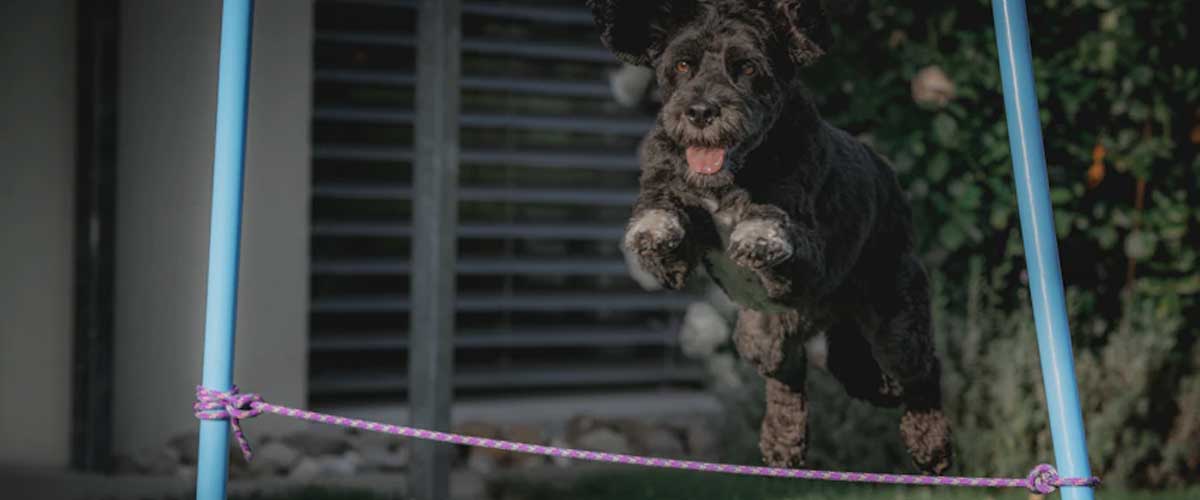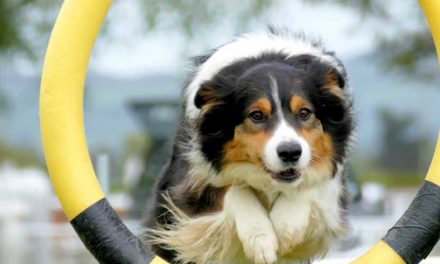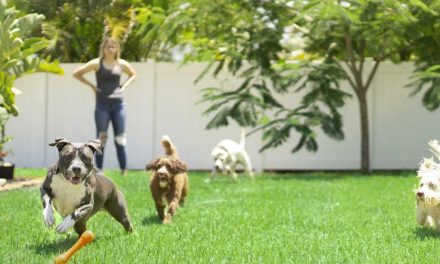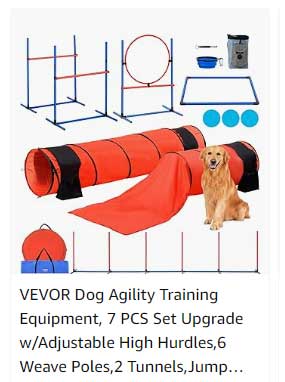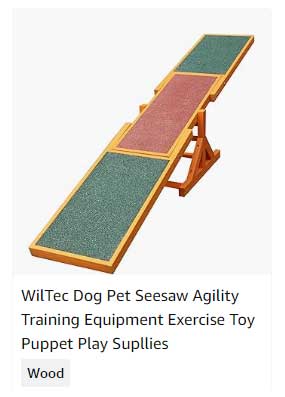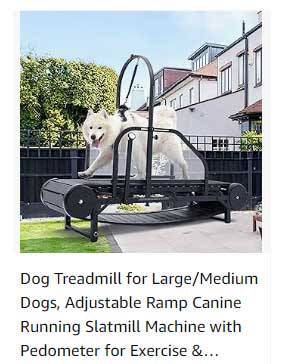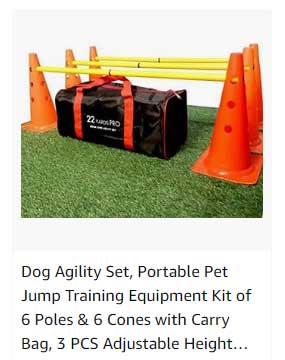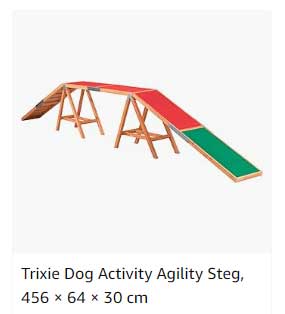Teaching your dog to jump rope can be a fun and impressive trick that can also provide great exercise for both of you.
Follow these steps to train your dog effectively and safely.
Step 1: Gather Your Supplies
A sturdy jump rope:
Choose a rope that is the right length for your height. A standard speed rope works well.
Treats:
Use high-value treats that your dog loves, such as small pieces of chicken or cheese.
A clicker (optional):
If you use clicker training, have one handy to reinforce good behavior.
Step 2: Prepare Your Dog
Warm-up: Start with some light playtime or a short walk to get your dog’s energy up.
Basic Commands: Make sure your dog is comfortable with basic commands like “sit” and “stay.”
This will help them focus during training.
Step 3: Introduce the Rope
1. Let Them Explore:
Show the jump rope to your dog and let them sniff it.
Get them accustomed to its presence.
2. Practice “Jump” with Small Objects:
Before moving to the rope, practice jumping over small things (like a stick or a low barrier) to get your dog interested in jumping.
Step 4: Start with Movement
1. Hold the Rope Still:
Start by holding the jump rope stationary and encouraging your dog to jump over it.
Use a command like “jump” and reward them with treats when they hop over.
2. Use a Helper:
If possible, have someone else hold one end of the rope while you create a barrier for your dog to jump over.
Step 5: Add Motion
1. Slowly Swing the Rope:
Once your dog is comfortable with stationary jumping, begin swinging the rope slowly.
Encourage them to jump over it as you swing it at a low height.
2. Gradually Increase Speed:
As they get the hang of jumping over the moving rope, gradually increase the speed to simulate actual skipping.
Step 6: Practice Coordination
Timing Technique:
Use treats to reward your dog when they jump at the right time.
You can also use the clicker to mark the perfect moment.
Short Sessions:
Keep training sessions short (5-10 minutes) to maintain your dog’s attention and enthusiasm.
Step 7: Build Confidence
Repeat Often:
Consistent practice helps reinforce the behavior.
Gradually increase the height of the jump as your dog becomes more confident.
Mix Up the Routine:
To keep things interesting, occasionally change the course of jumping or switch locations.
Step 8: Add Commands and Cues
Use Verbal Cues:
Incorporate specific verbal commands for jumping.
This helps your dog associate the command with the action.
Hand Signals:
You can also use hand gestures that complement the verbal commands for clarity.
Step 9: Be Patient and Positive
Stay Encouraging:
Celebrate your dog’s progress and successes, no matter how small.
Patience and positivity will enhance your dog’s learning experience.
Avoid Frustration:
If your dog seems frustrated or uninterested, take a break and try again later.
Always end on a positive note.
Step 10: Show Off
Demonstrate Your Dog’s Skills:
Once your dog is confidently jumping over the rope, take a video or perform for friends and family.
This can provide motivation for your pup!
Final Tips
Safety First:
Ensure your training area is safe and free of distractions, and keep an eye on your dog to prevent injury.
Health Considerations:
If your dog has any physical restrictions, consult a vet before starting to avoid any health issues.
With patience and consistency, your dog will be jumping rope like a pro in no time!
Enjoy the process and have fun bonding with your furry friend.

